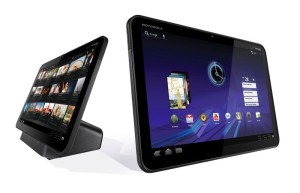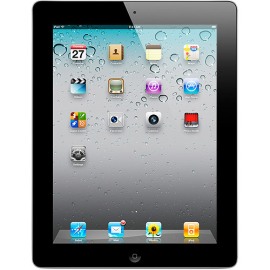It is quite interesting how different today’s consumer is from just a decade ago. Go back further and the difference is beyond compare.
I used to only buy (or want to buy) Sony products. It was not some fetish I had with the Sony brand it was because they were an innovative company producing high quality products. They actually invented new technologies (usually in partnership with another company). From the Walkman to the Discman to CD players and TVs Sony was king.
This allowed Sony to command a premium for their products...until a major force threw Sony’s world upside down -- low cost competition. Companies were popping up across Asia that had the means to manufacture for pennies on the dollar (or Yen).
To the consumer these products coming from Lucky Goldstar (now LG), Samsung and others appeared to be quite the same. In reality they were not but the consumer didn’t know better -- they just knew the price was much easier to swallow. (These companies make high-quality products today. The statement above references their status in the 80s ish time frame.)
“Hmm….not sure who they are but the technical specifications look about the same and it is 30% cheaper.”
The average consumer who didn’t realize why the product was cheaper changed his/her tune and started buying based on cost. This was true in Food and Beverage as the Private Label industry began to move beyond “the cereals in bags on the bottom shelf” to a full assortment of products. One can easily argue today the quality from the Private Label industry (Publix, Kroger, 365, Trader Joe’s) is just as good if not better than brand names.
* Little known fact - several brand name manufacturers in Food & Beverage also market the exact same product as Private Label as a way to diversify their reach. Next time you compare a store brand and a premium brand remember, they may be the exact same product in a different package.
The apparel industry has seen this with the rise of Walmart and Target pushing ever cheaper clothes onto the buying public. Department stores now have their own brands (really just contract manufacturing with the same company that makes their competitions’ clothes) pushing prices even lower. The apparel industry is actually quite fascinating when you look at the impact of price sensitivity. Pricing from the manufacturing facilities in Asia is so cut throat a brand could contract with a plant in China in January then move it all to Thailand and then to Ecuador all in the pursuit to save a penny here and there.
There is very little loyalty anymore unless a brand can demonstrate over and over a level of service or reliability that is unmatched in the industry. Even still, only a small percent of consumers (let's be real, they are called fanboys) will stick with that brand if there is something less expensive across the aisle.
Isn't it Ironic...
The irony in all this is the cause. When you hear retailers complain about the price sensitive consumer and the impact this shift has on their margins you should chuckle. The fact is retailers should look in the mirror and point a fair chunk of that blame right back at themselves.
As the consumer evolved into a price conscious entity the department stores reinforced this behavior. Today we expect to get great deals. We expect seasonal sales. Retailers and manufacturers have quite literally programmed the consumer to wait for sales.
- When do you buy a grill? You buy it in the Fall because it is cheaper.
- You shop for clothes during sales - you seek out the sale and in many cases will ignore the merchandise at regular price.
- You scour the web for the best possible price before pulling the trigger.
The average consumer does not care about the brand anymore. Sure they would like a Sony TV but they will happily get a Vizio if the price is right. Similar to private label in the food & beverage industry, tech companies are finding themselves competing on a more level playing field than ever. That Vizio is probably just as good as the Sony to average consumer's eye.
One industry that is bucking this trend is the airline industry. They are doing just the opposite - they are removing supply from the system and raising prices. And you know what...good for them. The price war was killing the airline industry and when airlines start making cuts planes are just a bit less safe.
Shop Wisely
What does all of this mean for the average consumer? Nothing really, you will still purchase the least expensive products that you deem to be a good value but, Buyer Beware…
- Prices for some goods are artificially inflated so when a product goes on sale the retailer / manufacturer can still make a profit. Tricky!
- BOGOs are not always a good deal. Be it for shoes, crackers or milk, these deals are not always what they appear. Look at the cost per unit to determine the real value.
- Lower Manufacturing Costs - except for the rare product these days, manufacturing costs are fairly similar between companies. Everyone has the same access to cheap labor their competition does. Many are all buying components from the same companies as well. (Plug for Motorola for assembling the Moto X in the U.S.)
- The Class System - Ever noticed that many products, especially in technology, will have multiple versions of the same (read: similar) model? If not, they do. Some are easy to determine - model XYZ-123 vs. model XYZ-223 and model XYZ-323.
- Components Compromise - From apparel to technology to automotive, the cost of a component greatly impacts the final amount you pay. The genius companies have managed to use so-so components and charge a premium for them. That is marketing at its best...which leads me to the last factor:
- Marketing - Brand awareness costs an arm and a leg. This adds to the price of your product. Be mindful of where you are paying just for a brand’s name to be on your product and where you are paying for quality.





 With so many choices it can be quite confusing.
With so many choices it can be quite confusing.




